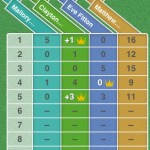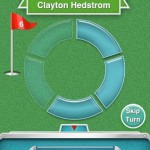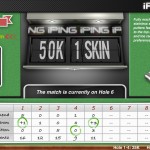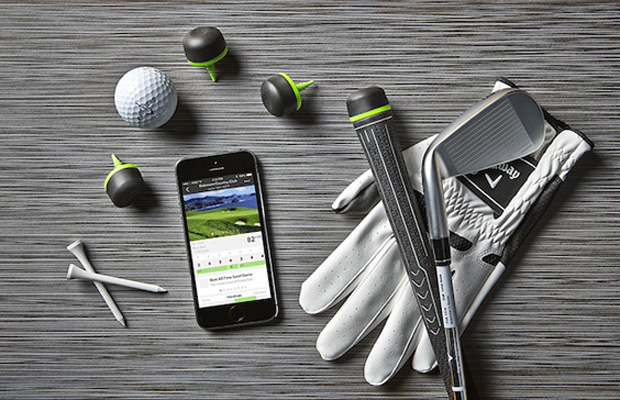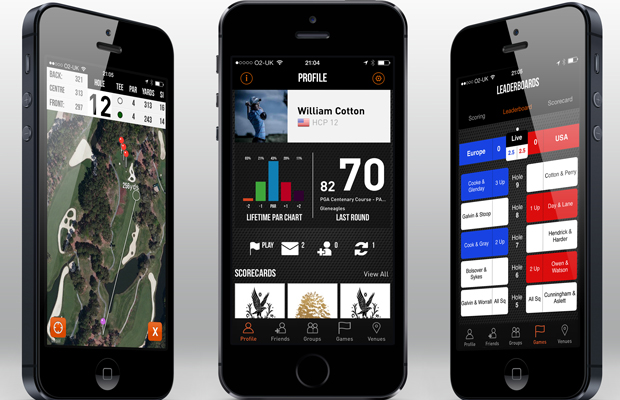Equipment
iPING version 1.2 is here
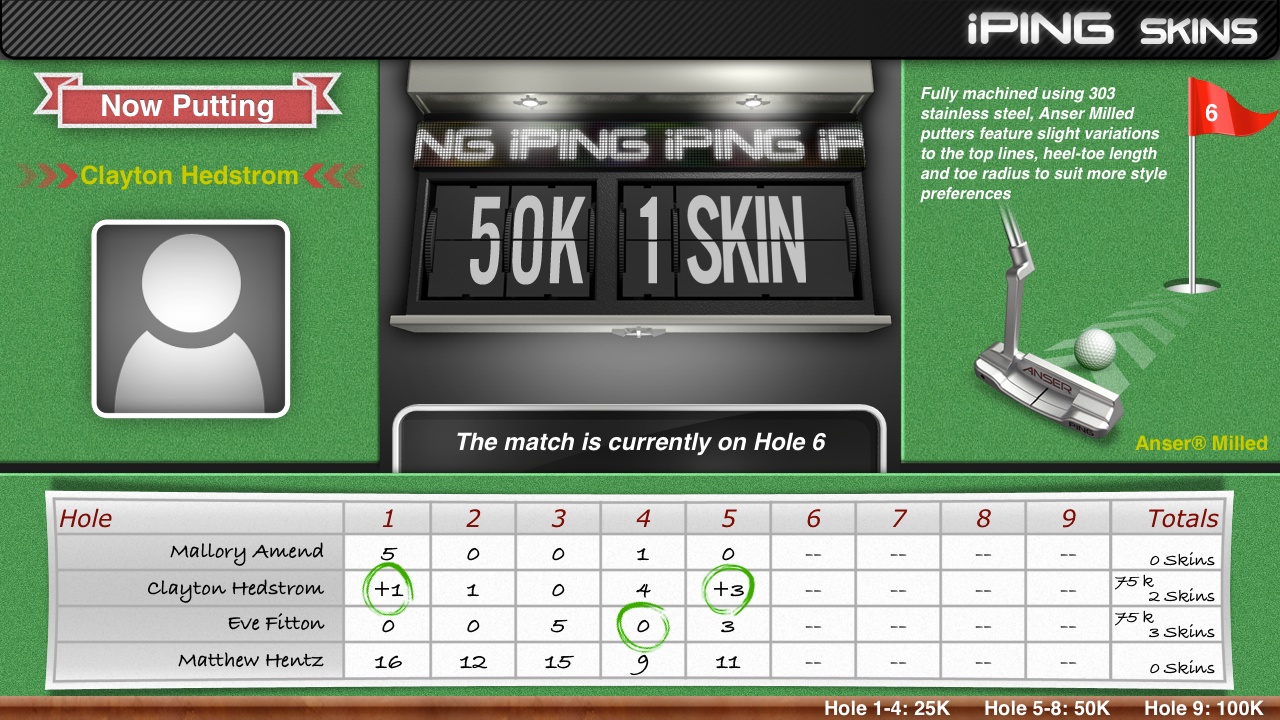
Having the right tools makes all the difference. That’s the reason golfers carry 14 clubs in their bags. After much time and practice, good golfers learn which tool is right for the job.
But even the best golfers sometimes have trouble deciding what putter to use. Since putters are offered a wider variety of options and styles than any other club, it is the most tinkered with tool in nearly every golfer’s bag. It’s also the most important club, accounting for about 40 percent of a player’s score.
That’s why the GolfWRX staff called last summer’s release of iPING a “game changer.” Click here to read the original thread
iPING is an application available for Apple iPhone 4, iPhone 4S and fourth-generation iPods that allowed players to better understand the path, rhythm and length of their putting strokes. This technology was nothing new – sophisticated hardware that studied these variables had been available for a while. But it had never been cheap or convenient.
iPING made it cheap and convenient. To use iPING, all a player needed was a $30 PING cradle that fit nearly every type of putter, a compatible iPhone or iPod, and the iPING app (available through Apple’s App Store for free). Maybe more important was that iPING was completely portable, unlike other high-tech putting devices that needed bulkier hardware and extensive setup.
Usually, affordability and convenience come with sacrifices compared to larger and more expensive devices, but iPING didn’t compromise. In fact, it added PING software called iFIT, which analyzed loft, lie angle, and length, as well as a player’s stroke tendencies. Through PING’s “Fit for Stroke” system, iFIT was able to recommend the best type of PING putter for a player. The trick to iPING was using the acceleramators and gyroscopes that were already built into compatible Apple mobile devices to measure all the movements in the putting stroke. With the hardware taken care of by Apple, all that was left for PING engineers like Dr. Paul Wood to do was design application that could interpret the raw data.
“The important thing to bear in mind is that we already had a bunch of research behind us from using other measurement devices,” Wood said. “When the idea for iPING itself came along we were ready to pounce. And from the first data we took with an iPhone to iPING being released was only about six months. That’s a very aggressive time frame.”
Today PING released version 1.2 of iPING, which includes a new “Skins Game” feature. The first versions of iPING measured a player’s consistency score, or “putting handicap,” which was based the repeatability of a player’s stroke. iPING would grade a player’s consistency based on five 10-foot putts. An iPING user could use the results to improve their putting handicap, and compare it against PING staff players featured on the app.
The Skins Game feature in version 1.2 of iPING allows users to test their putting prowess against iPING users throughout the world. Through Apple’s Game Center, a player can choose a three, six, or nine-hole match and can invite up to three friends to join, or let the Auto-Match feature locate playing partners.
“Game Center’s turn-based technology alerts users to their next turn via the new Notification Center in [Apple] iOS 5,” according to a PING press release. “The game format follows a traditional skins competition where holes have point values, which increase throughout the match, and ties on a hole carry over until someone wins a hole (and the skins) outright. The person with the most points at the end of the match wins.”
The iPING Skins Game also has a party mode for contestants in the same location, which can use Apple AirPlay to show live leaderboards on an HD television using an existing wireless network and an Apple TV. Wood said that in early stages of designing iPING, he hadn’t thought much about promoting the game aspect of iPING. But he saw that it would be fun to get people using it together – especially for him, who can now have a putting contest through iPING against his father in England. The real value to Wood and the putter engineers at PING, however, is the data that the company collects from people using the iPING app.
According to Wood, PING does not gather information such as names and locations – that would cause too many privacy issues. But the company does capture the data every time someone uses iPING to do a fitting session. The lofts, lie angles and stroke tendencies are compiled into a data base large enough to give engineers a glimpse into the putting population as a whole.
“We were surprised how wide and dispersed the numbers were,” Wood said. “100,000 sessions shows you fairly accurately what the population looks like. With numbers that large, the noise gets washed out.”
iPING’s release in the summer of 2011 corresponded with the release of PING’s Anser and Scottsdale putter series, which was an important part of the app’s success according to Wood.
“Timing is everything with these things,” Wood said. “It helps that we got the putters out at the same time as iPING. The data we collected proves that we need to have putters like the Mesquite, a toe-down mallet, and the Carefree [a mid-hang mallet].”
Click here for more discussion in the forums
“Toe down,” “mid hang,” and “face balanced” refer to the way the center of gravity is situated in a putter. By balancing a putter’s shaft on your finger, you can determine what type of putter you have. If the putter face points toward the sky, it is face balanced. If it rests at a 45-degree angle, it is a mid-hang putter. And if the face points sideways, it is a toe-down putter. Face balanced putters are best for “straight-back, straight-through strokes.” A mid-hand putter would be best for someone with a slight arc in their stroke. A toe-down putter would be best for a player with a more arc in their stroke.
Knowing what type of putter is best for a player isn’t just something for beginners, either. PING staff players such as Heath Slocum, Angel Cabrera and Rhys Davies have used the technology in iPING to help them putt better. Heath Slocum was one of the first players to test iPING when it was unveiled to Tour players at the U.S. Open. He was striking the ball extremely well at the time, but was struggling with his putting. On the iPING, Slocum’s putting stroke was measured as having a “strong arc.” At the time, he was using a face-balanced putter. Wood suggested that unless Slocum was very tied to his face-balanced putter, he should consider returning to the toe-down PING putter he had had earlier success with in his career, a PING PAL. When Slocum switched, he saw his putting handicap go down, and he played much better for the rest of the year. He finished T-11th at the U.S. Open, and had four more top-20 finishes on the PGA Tour in 2011. Prior to the U.S. Open, he only recorded one top-20 finish on Tour.
Two-time major champion Angel Cabrera also used the iPING to help him on the greens. Cabrera has one of the most straight-back, straight-through strokes on Tour, but for years has preferred the look a mid-hang Anser putter.
“Angel had always been conflicted about using a face-balanced putter, but the [iPING] scores reinforced that he needed to be using one. It got him to switch to a [face-balanced] Anser 5.”
Rhys Davies, who Wood called one of the best putters on the PING staff, used the iPING in a different way to help him putt better. He was struggling with his putting this fall, and decided to look at previous iPING sessions to see if anything had changed in his stroke. He noticed that his lie angle had become much flatter, as a result of him dropping his hands at address. By raising his hands back to the proper position, he saw his putting improve.
Wood is very excited about what’s next for iPING. He said there’s “a whole bunch more PING can do with the app,” but like all good golf company employees, he wouldn’t comment any further.
“The great thing about software is that is moves very quickly,” Wood said. “It doesn’t have a whole supply chain like building putters. There’s a ton of ideas we’re looking at, but the best part of iPING might be that it encourages people to go out and practice their putting. Any time you can do that, it’s a good thing.”
By Zak Kozuchowski
GolfWRX Staff
- LIKE0
- LEGIT0
- WOW0
- LOL0
- IDHT0
- FLOP0
- OB0
- SHANK0
Equipment
Choose Your Driver: Which 2012 driver was your favorite?
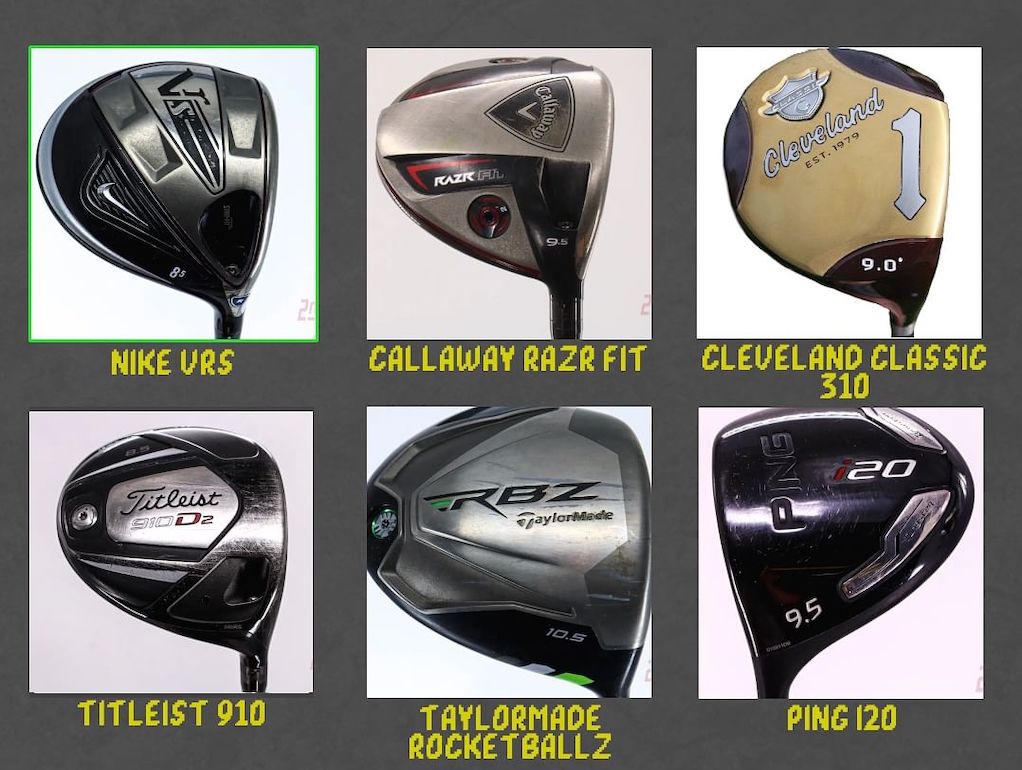
The year was 2012. Gangnam Style ruled supreme, its infectious beats and ludicrous horse-riding dance moves hypnotizing us with their stupidity. Everyone was talking about the Mayan calendar, convinced that the end of days was near. Superheroes soared on the silver screen, with the Avengers assembling in epic fashion. Katniss Everdeen survived The Hunger Games. And the memes! The memes abounded. Grumpy Cat triumphed. We kept calm and carried on.
In much the same way that automotive enthusiasts love classic cars, we at GolfWRX love taking a backward glance at some of the iconic designs of years past. Heck, we love taking iconic designs to the tee box in the present!
In that spirit, GolfWRX has been running a series inspired by arguably the greatest fighting game franchise of all time: Mortal Kombat. It’s not “choose your fighter” but rather “choose your driver.”
Check out some of the standout combatants of 2012 below.
View this post on Instagram
Nike VRS
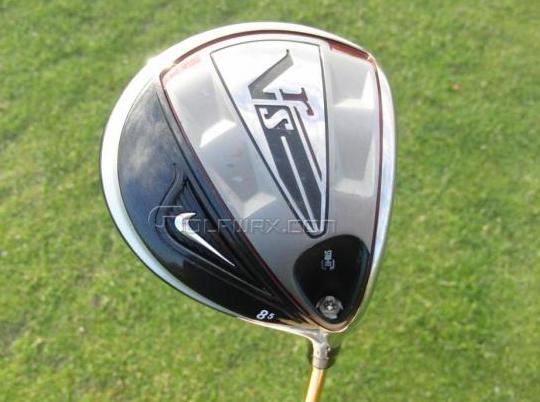
Often harshly critiqued during its years releasing golf equipment (right, Phil Mickelson?), Nike’s tenure in the club-and-ball business gets a gloss of nostalgic varnish, with many of its iron and putter designs continuing to attract admirers. Among the company’s driver offerings, the 2012 VRS — or VR_S, if you will — drew high marks for its shaping and toned-down appearance. The multi-thickness, NexCOR face was no joke either.
Check out our coverage from 2012 here.
Callaway RAZR Fit
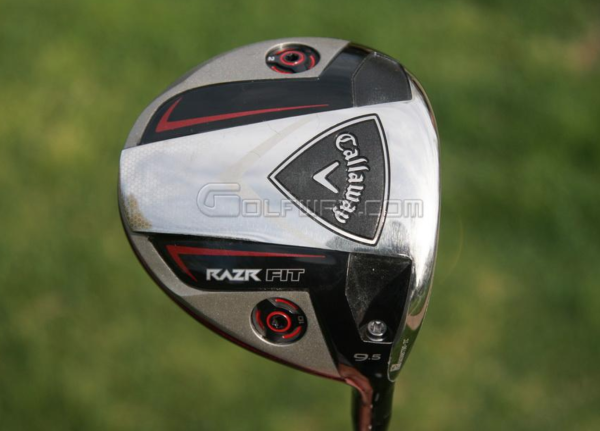
Callaway’s first foray into moveable weight technology (married with its OptiFit hosel) did not disappoint. With a carbon fiber crown, aerodynamic attention to detail, and variable and hyperbolic face technologies, this club foreshadowed the tech-loaded, “story in every surface” Callaway drivers of the present, AI-informed design age.
Check out our coverage from 2012 here.
Cleveland Classic 310
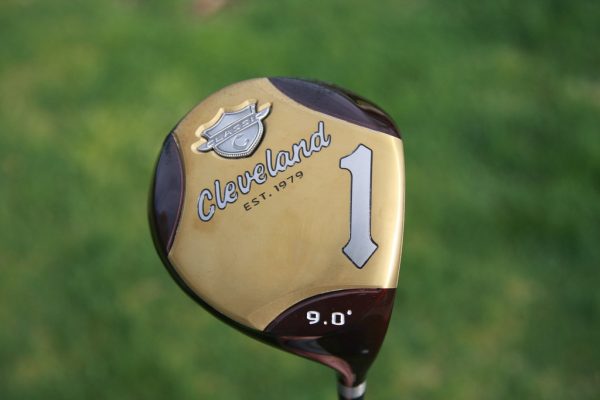
Truly a design that came out of left field. Cleveland said, “Give me a persimmon driver, but make it titanium…in 460cc.” Our 2012 reviewer, JokerUsn wrote, “I don’t need to elaborate on all the aesthetics of this club. You’ve seen tons of pics. You’ve all probably seen a bunch in the store and held them up close and gotten drool on them. From a playing perspective, the color is not distracting. It’s dark enough to stay unobtrusive in bright sunlight…Even my playing partners, who aren’t into clubs at all…commented on it saying it looks cool.” Long live!
Check out our coverage from 2012 here.
Titleist 910
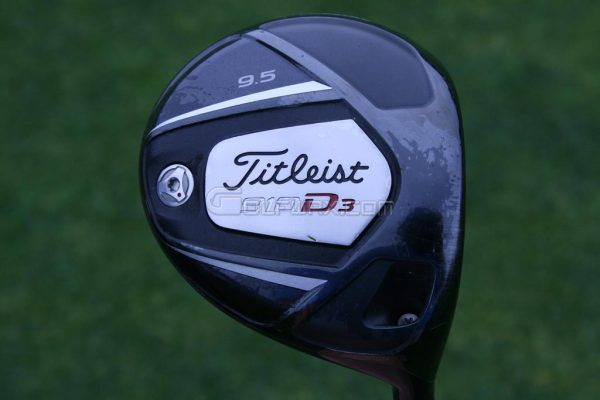
While there’s no disputing Titleist’s “Titleist Speed” era of drivers perform better than its 2010s offerings, sentimentality abounds, and there was something classically Titleist about these clubs, right down to the alignment aid, and the look is somewhere between 983 times and the present TS age. Representing a resurgence after a disappointing stretch of offerings (907, 909), The 910D2 was a fairly broadly appealing driver with its classic look at address and classic Titleist face shape.
Check out our coverage from 2012 here.
TaylorMade RocketBallz
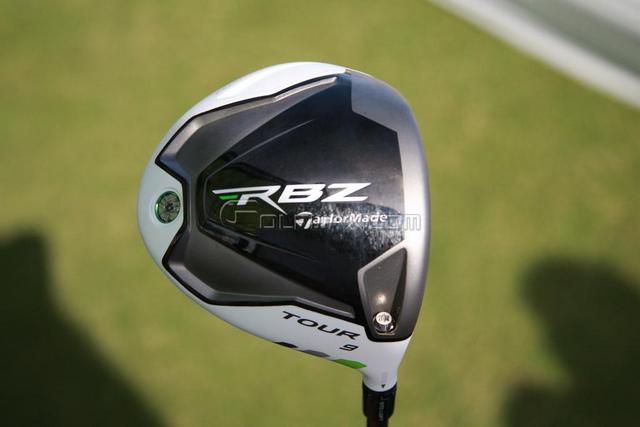
The white crown. The name. You either loved ‘em or you hated ‘em. TaylorMade’s 2012 offering from its RocketBallz Period boasted speed-enhancing aerodynamics and an Inverted Cone Technology in the club’s titanium face. Technology aside, it’s impossible to overstate what a departure from the norm a white-headed driver was in the world of golf equipment.
Check out our coverage from 2012 here.
Ping i20
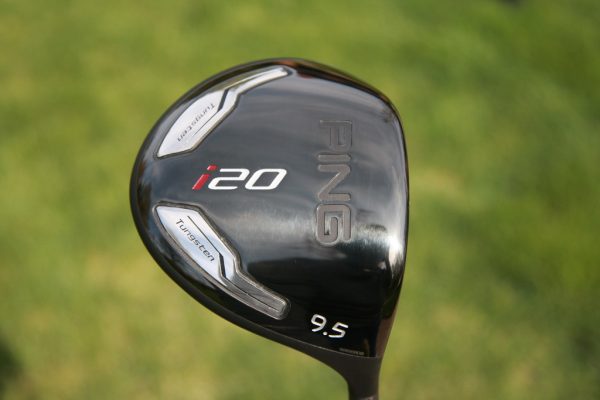
Long a quietly assertive player in the driver space, Ping’s i20 was more broadly appealing than the G20, despite being a lower-launch, lower-spin club. Ping drivers didn’t always have looks that golfer’s considered traditional or classic, but the i20 driver bucked that trend. Combining the classic look with Ping’s engineering created a driver that better players really gravitated toward. The i20 offered players lower launch and lower spin for more penetrating ball flight while the rear 20g tungsten weights kept the head stable. Sound and feel were great also, being one of the more muted driver sounds Ping had created up to that time.
Check out our coverage from 2012 here.

GolfWRXers, let us know in the comments who “your fighter” is and why!
- LIKE0
- LEGIT0
- WOW0
- LOL0
- IDHT0
- FLOP0
- OB0
- SHANK0
Equipment
Coolest thing for sale in the GolfWRX Classifieds (4/29/24): Krank Formula Fire driver with AutoFlex SF505 shaft
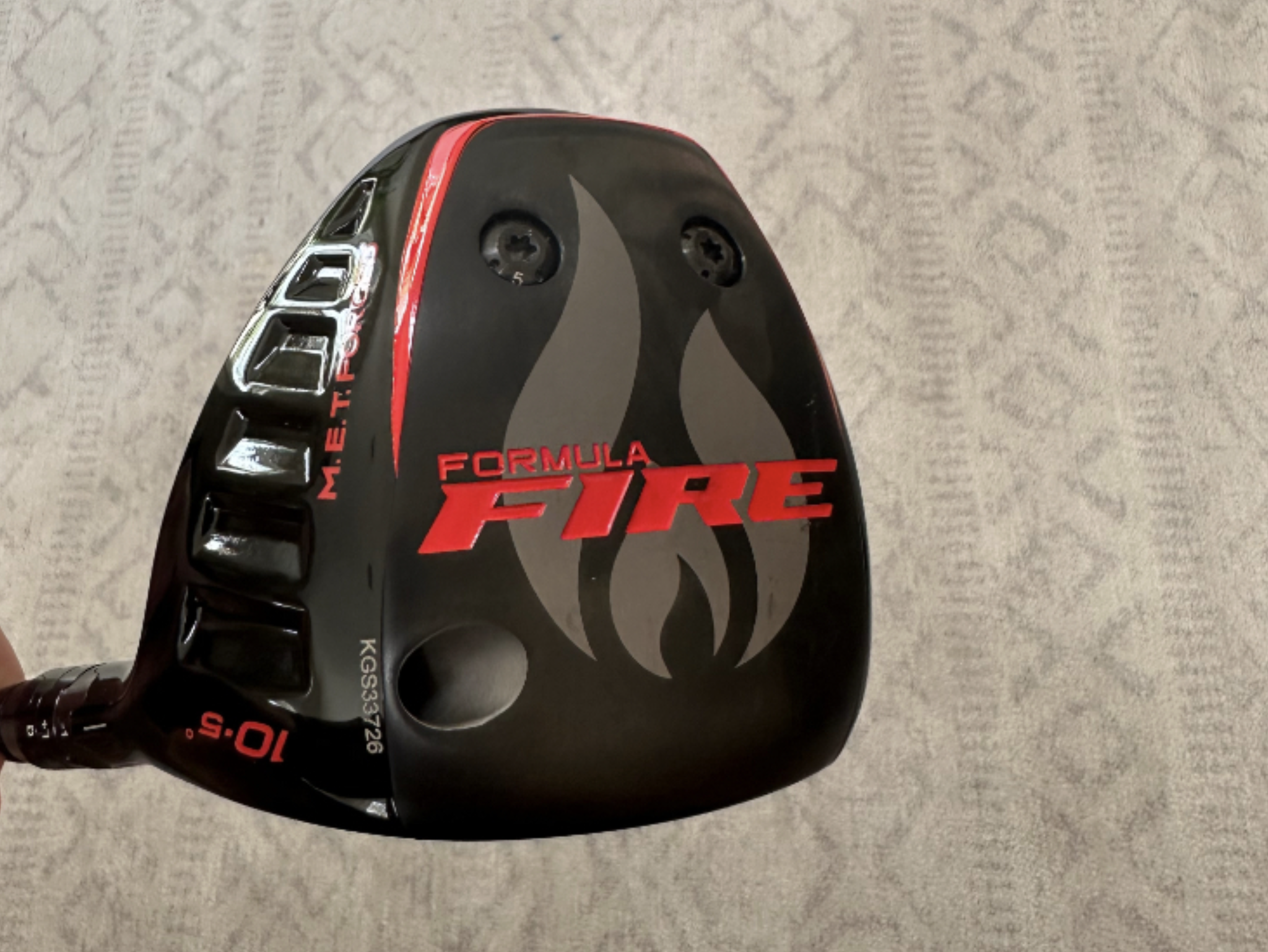
At GolfWRX, we are a community of like-minded individuals that all experience and express our enjoyment of the game in many ways.
It’s that sense of community that drives day-to-day interactions in the forums on topics that range from best driver to what marker you use to mark your ball. It even allows us to share another thing we all love – buying and selling equipment.
Currently, in our GolfWRX buy/sell/trade (BST) forum, there is a listing for a Krank Formula fire driver with AutoFlex SF505 shaft.
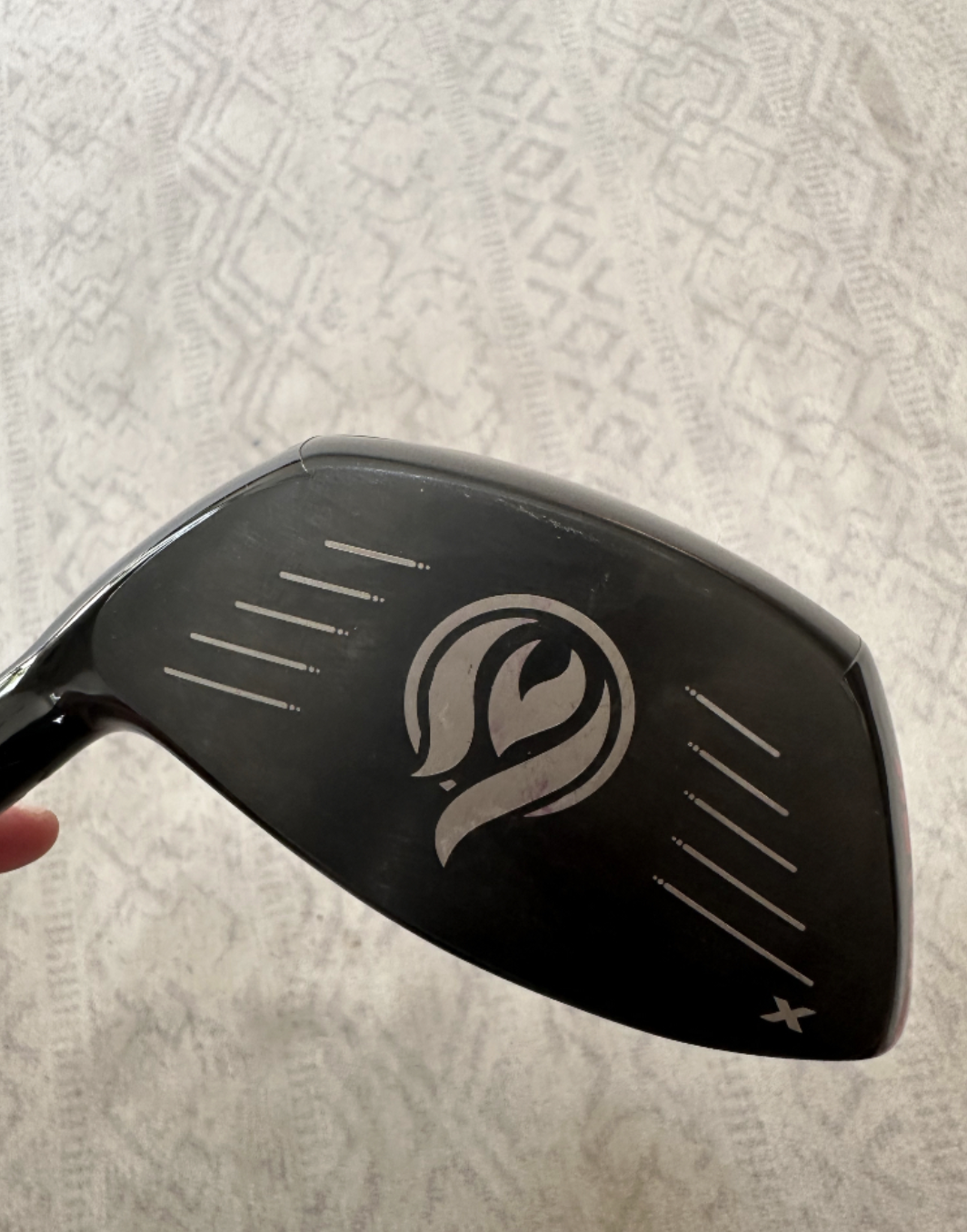
From the seller: (@well01): “Krank formula fire 10.5 degree with AUtoflex SF505. $560 shipped.”
To check out the full listing in our BST forum, head through the link: Krank Formula Fire driver with AutoFlex SF505 shaft
This is the most impressive current listing from the GolfWRX BST, and if you are curious about the rules to participate in the BST Forum you can check them out here: GolfWRX BST Rules
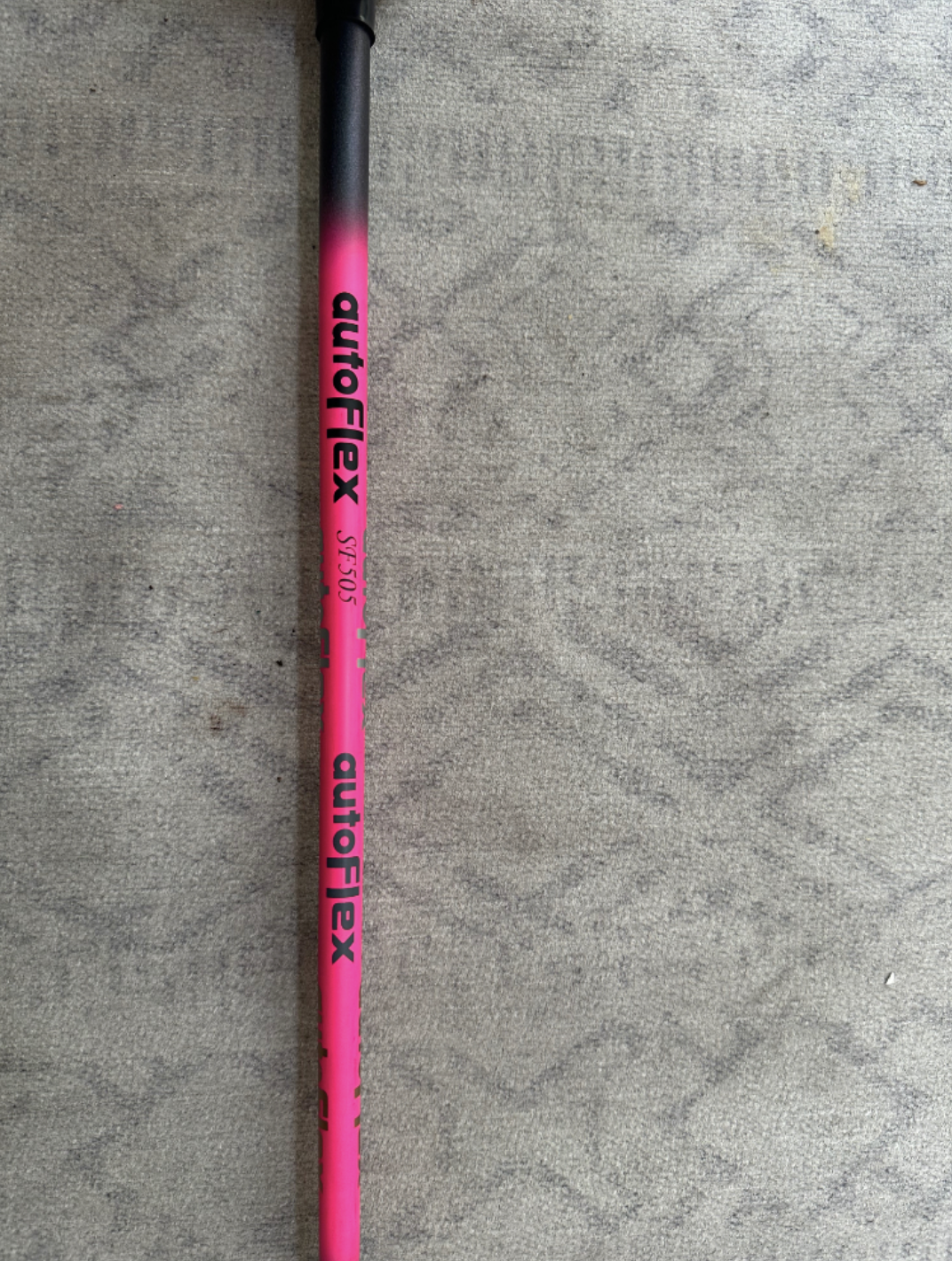
- LIKE1
- LEGIT0
- WOW0
- LOL0
- IDHT0
- FLOP0
- OB0
- SHANK0
Whats in the Bag
Team McIlowry (Rory McIlroy, Shane Lowry) winning WITBs: 2024 Zurich Classic
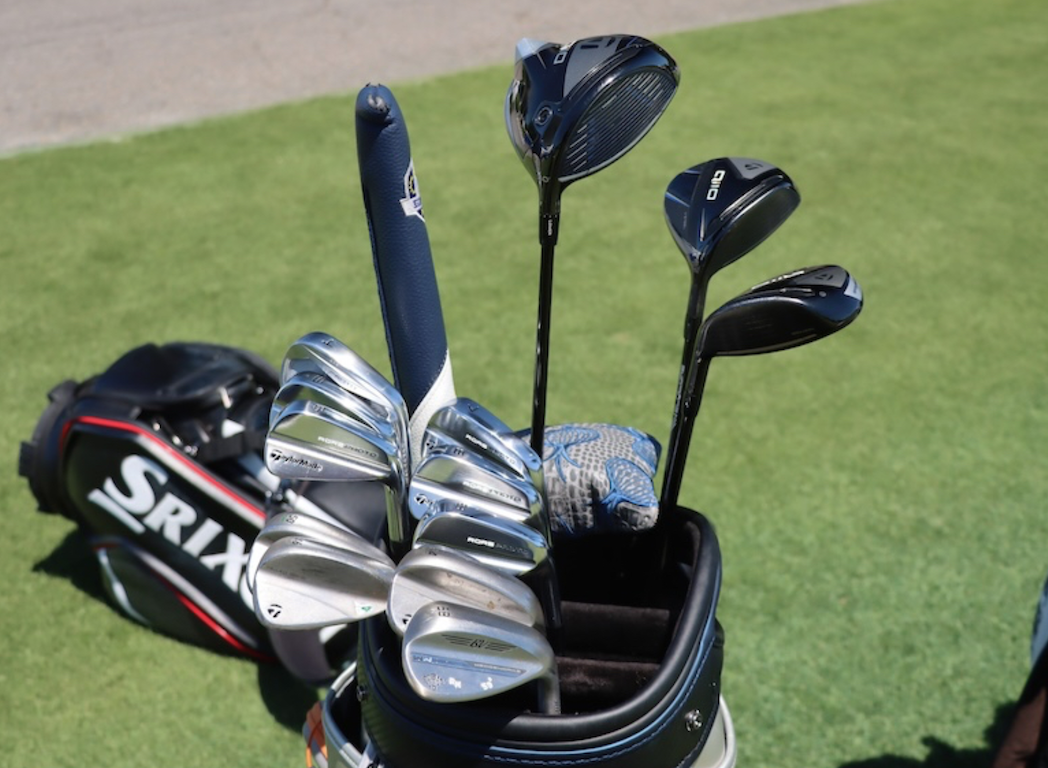
Rory McIlroy WITB
Driver: TaylorMade Qi10 (9 degrees @8.25) Buy here.
Shaft: Fujikura Ventus Black 6 X (45 inches)
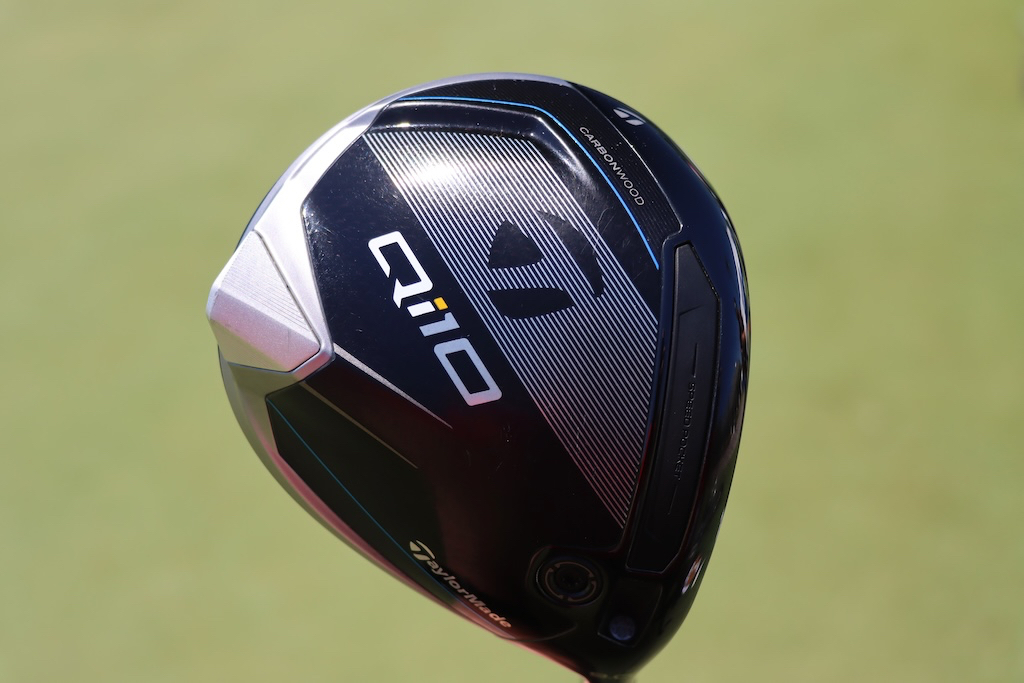
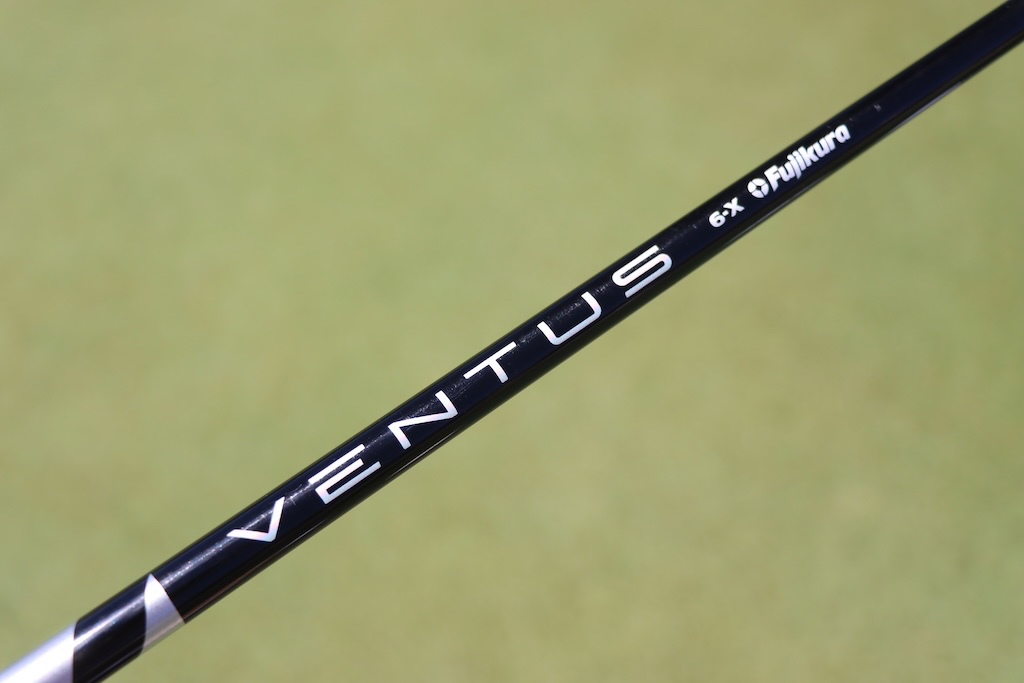
3-wood: TaylorMade Qi10 (15 degrees) Buy here.
Shaft: Fujikura Ventus Black 8 X
5-wood: TaylorMade Qi10 (18 degrees) Buy here.
Shaft: Fujikura Ventus Black 9 X
Irons: TaylorMade Proto (4), TaylorMade Rors Proto (5-9) Buy here.
Shaft: Project X 7.0 (4-9)
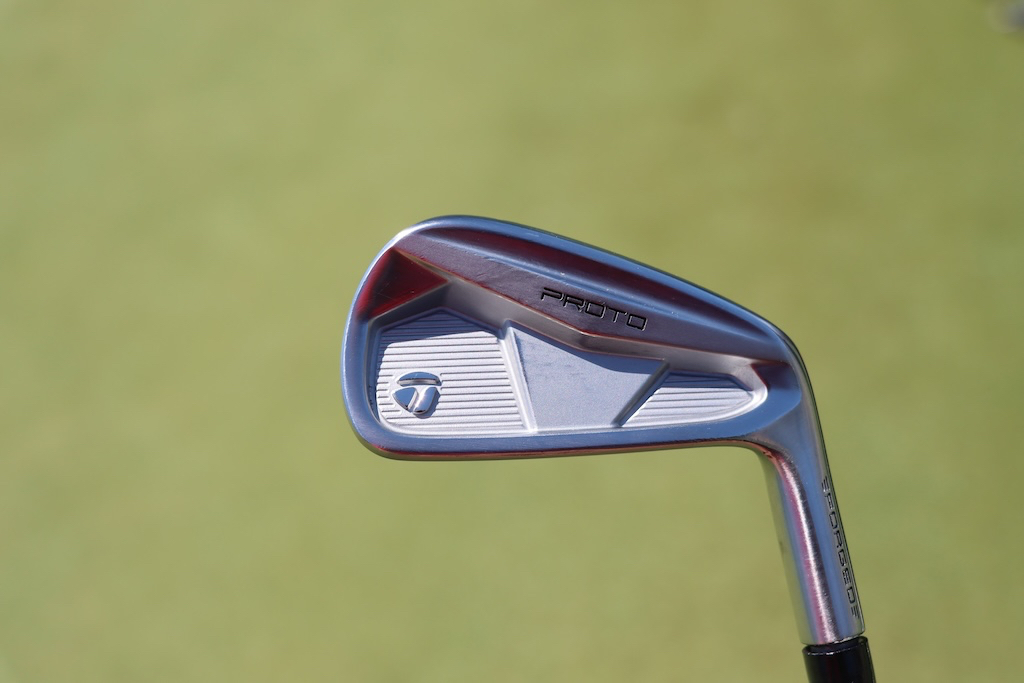

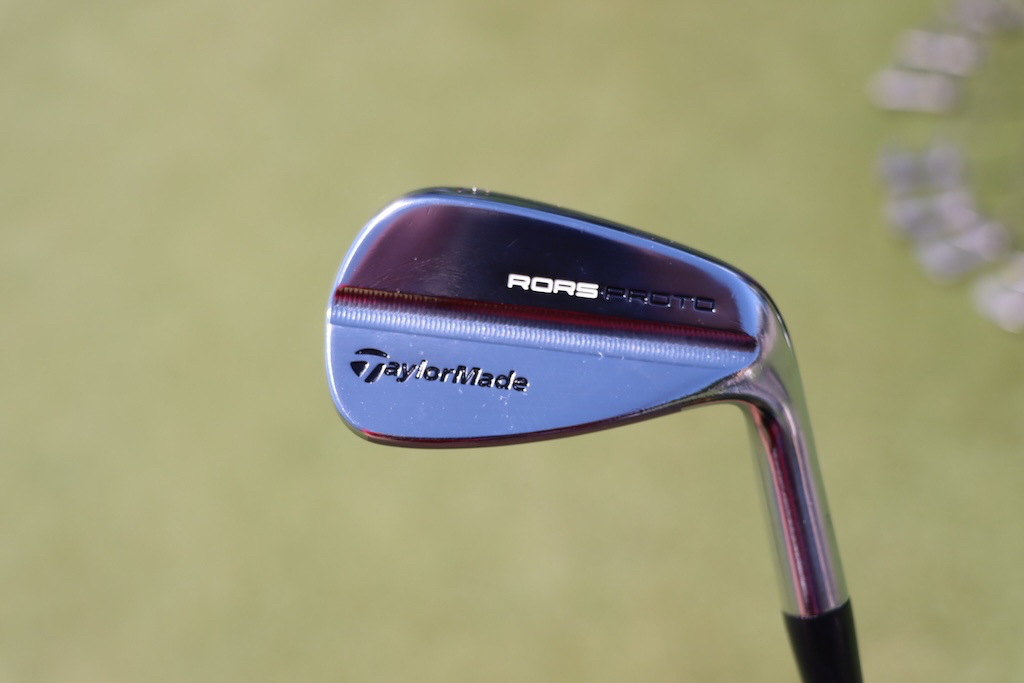
Wedges: TaylorMade MG4 (46-09SB, 50-09SB, 54-11SB) Buy here, Titleist Vokey Design WedgeWorks (58-K @59) Buy here.
Shafts: Project X 6.5 (46-54), Project X 6.5 Wedge (60)
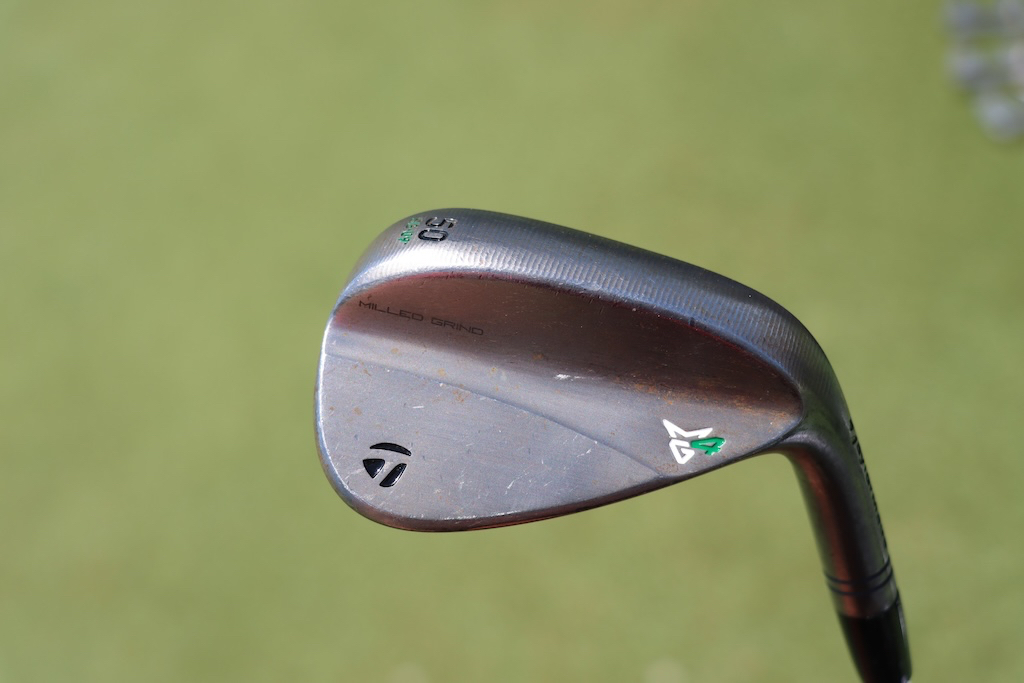
Putter: TaylorMade Spider Tour X3 Buy here.
Grip: SuperStroke Zenergy Pistol Tour
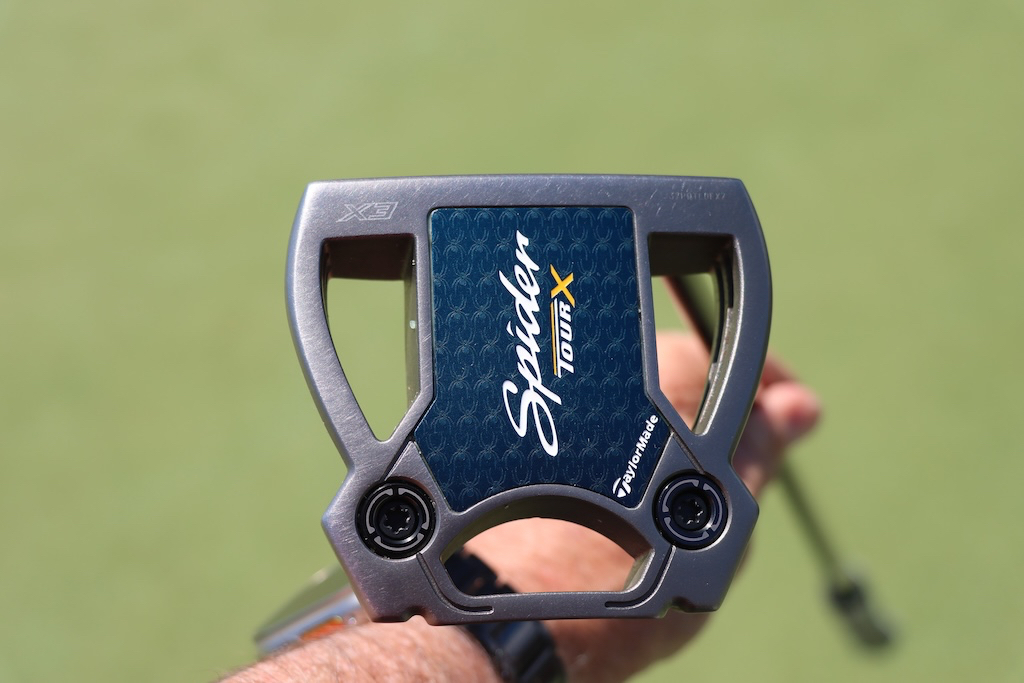
Ball: 2024 TaylorMade TP5x Buy here.
Grips: Golf Pride MCC
Check out more in-hand photos of Rory McIlroy’s WITB in the forums.
View this post on Instagram
Shane Lowry WITB
- Shane Lowry what’s in the bag accurate as of the Cognizant Classic.
Driver: Srixon ZX5 Mk II (8.5 degrees) Buy here.
Shaft: Mitsubishi Diamana D+ White 70 TX
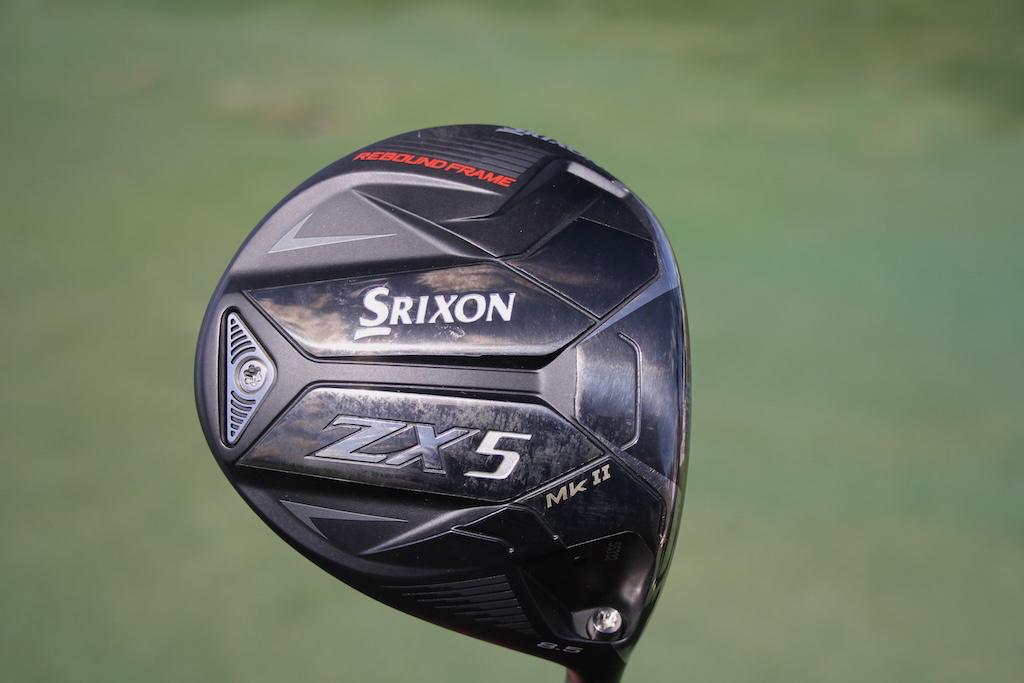
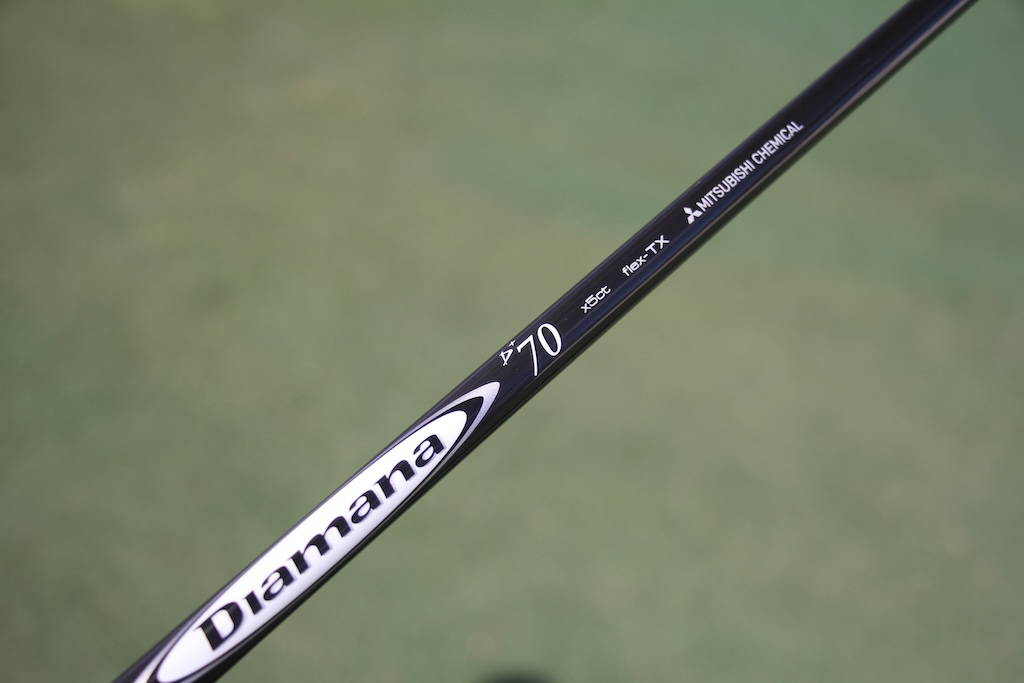
5-wood: TaylorMade Stealth Plus Buy here.
Shaft: Graphite Design Tour AD DI 8 X
Irons: Srixon ZX Utility (3, 20 degrees) Buy here, Srixon ZX5 Mk II (4, 5) Buy here, Srixon ZX7 Mk II (6-PW) Buy here.
Shafts: Nippon N.S. Pro Modus3 Tour 120 X (3), KBS Tour 130 X (4-PW)
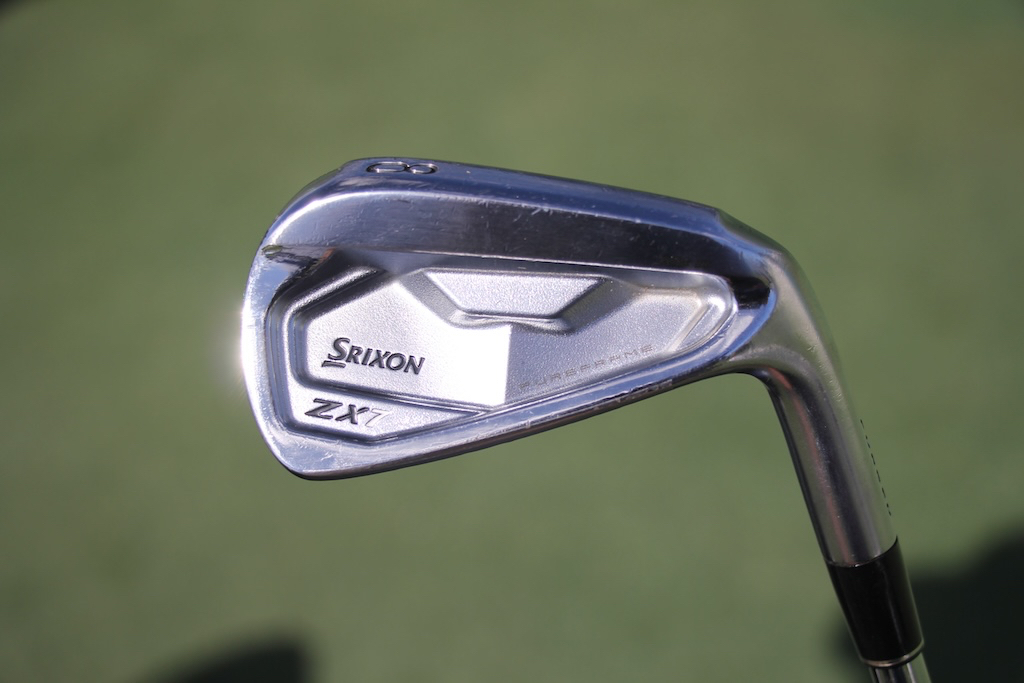
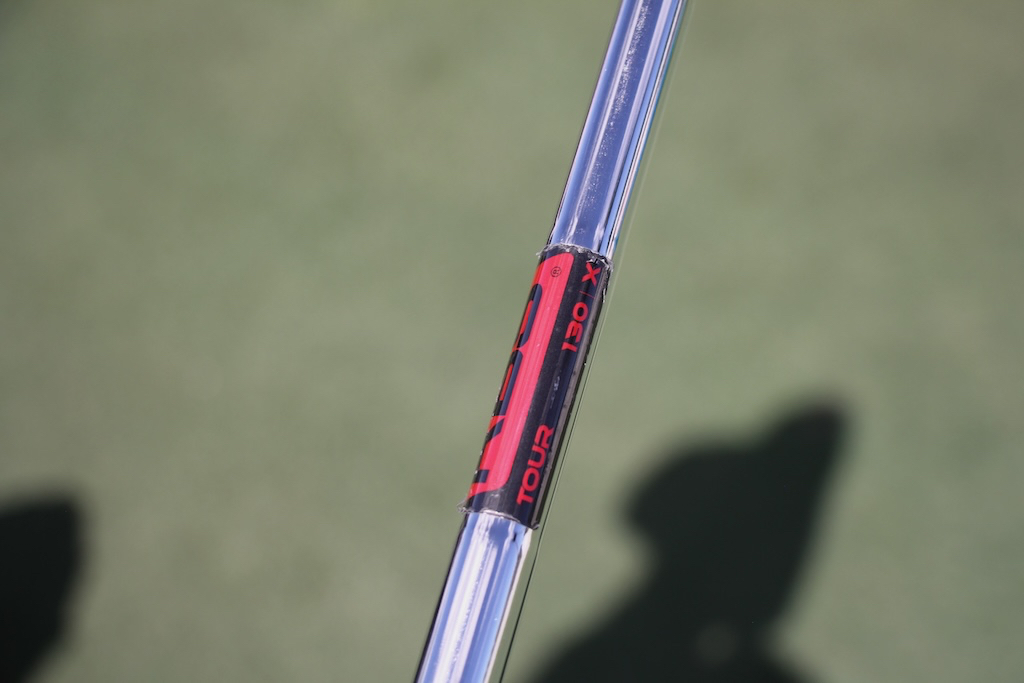
Wedges: Cleveland RTX 6 ZipCore Tour Rack (50-10 MID, 54-10 MID) Buy here, Cleveland RTX Full Face (58-8) Buy here.
Shafts: KBS Tour Wedge X Black
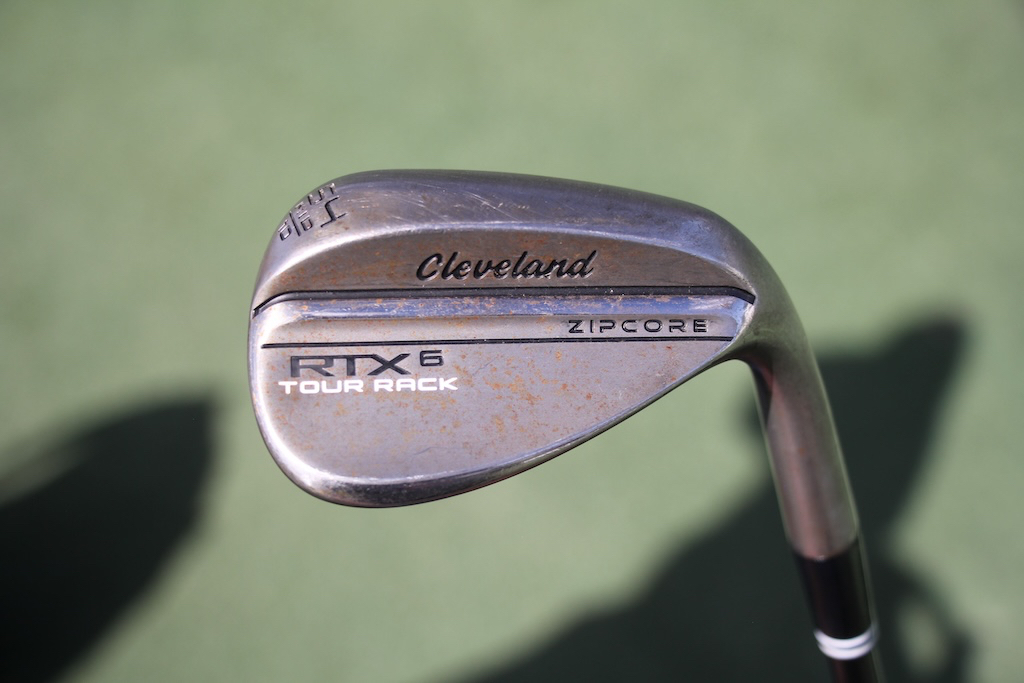
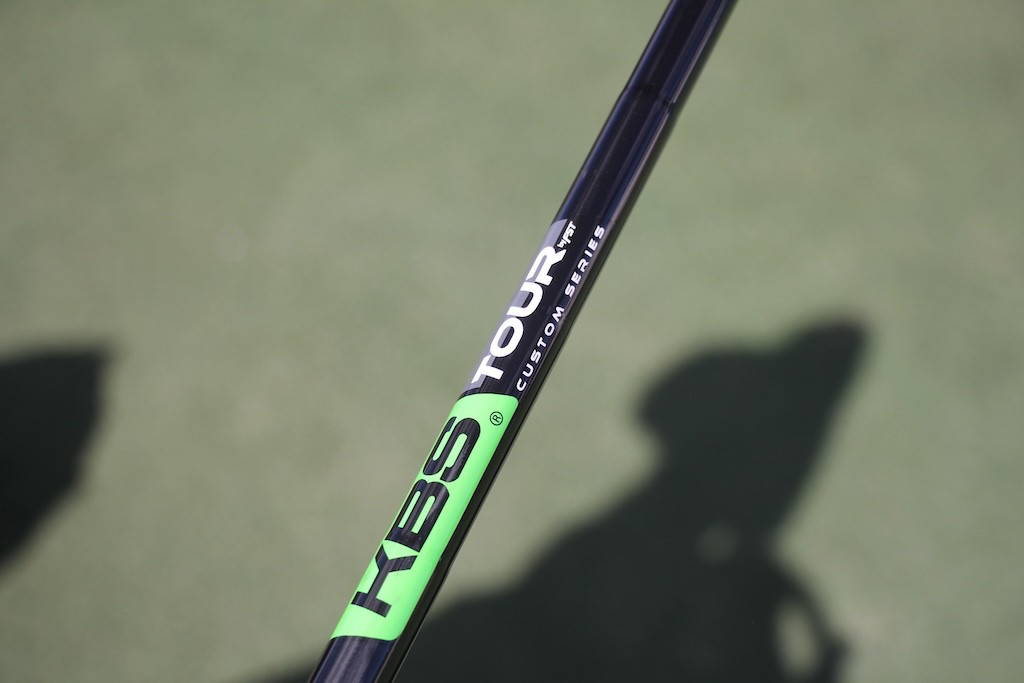
Putter: TaylorMade Spider Tour Z Buy here.
Grip: SuperStroke Zenergy Pistol 1.0
Grips: Golf Pride Tour Velvet
Ball: Srixon Z-Star XV Buy here.
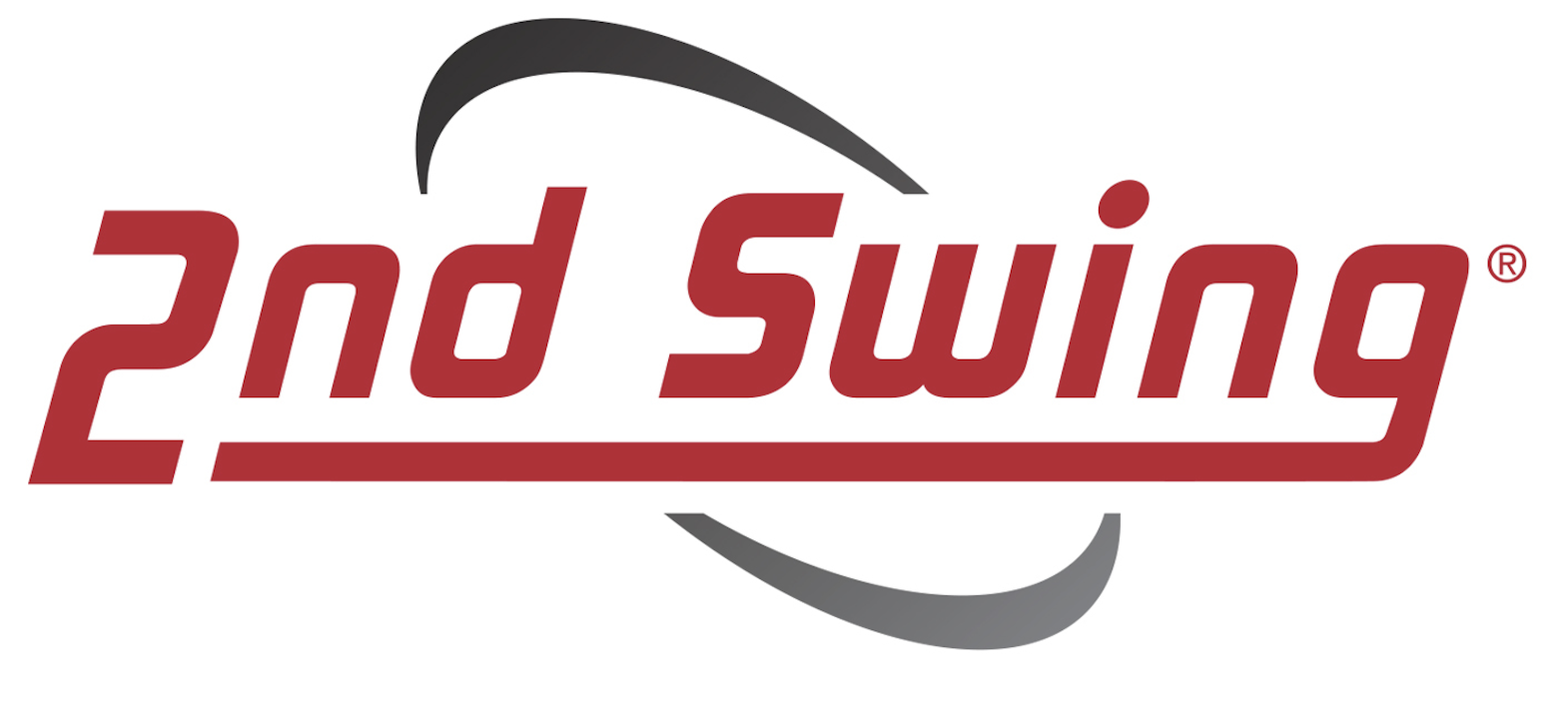
The winning WITB is presented by 2nd Swing Golf. 2nd Swing has more than 100,000 new and pre-swung golf clubs available in six store locations and online. Check them out here.
- LIKE16
- LEGIT1
- WOW1
- LOL2
- IDHT1
- FLOP0
- OB0
- SHANK1
-

 19th Hole3 weeks ago
19th Hole3 weeks agoDave Portnoy places monstrous outright bet for the 2024 Masters
-

 19th Hole1 week ago
19th Hole1 week agoJustin Thomas on the equipment choice of Scottie Scheffler that he thinks is ‘weird’
-

 19th Hole3 weeks ago
19th Hole3 weeks agoTiger Woods arrives at 2024 Masters equipped with a putter that may surprise you
-

 19th Hole1 week ago
19th Hole1 week ago‘Absolutely crazy’ – Major champ lays into Patrick Cantlay over his decision on final hole of RBC Heritage
-

 19th Hole2 weeks ago
19th Hole2 weeks agoTwo star names reportedly blanked Jon Rahm all week at the Masters
-

 19th Hole2 weeks ago
19th Hole2 weeks agoReport: LIV Golf identifies latest star name they hope to sign to breakaway tour
-

 19th Hole2 weeks ago
19th Hole2 weeks agoNeal Shipley presser ends in awkward fashion after reporter claims Tiger handed him note on 8th fairway
-

 19th Hole2 weeks ago
19th Hole2 weeks agoBrandel Chamblee has ‘no doubt’ who started the McIlroy/LIV rumor and why



